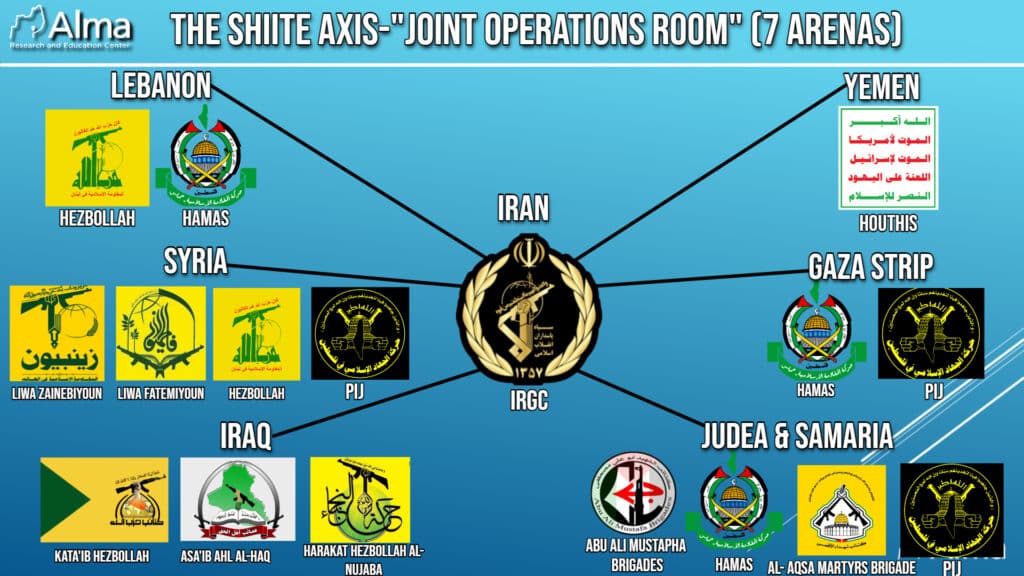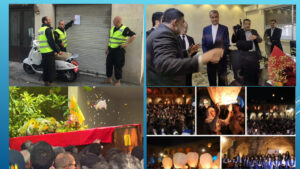General:
In addition to marches, rallies, and speeches by senior Iranian officials, Nasrallah, and the heads of Hamas and the PIJ (April 14, 2023), again this year, the Iranian Jerusalem Day was accompanied by a propaganda campaign of perception and influence. The campaign intensified in light of recent events, emphasizing the rocket attack toward Israel from several theaters: Lebanon, Syria, and the Gaza Strip.
It seems that this year, an emphasis was placed on the fact that the Shiite axis is spreading its patronage to Palestinian organizations in the Gaza Strip, Judea, and Samaria. This year, special attention is given to Judea and Samaria under the slogan “The West Bank (Judea and Samaria) is the defender of Al-Quds”:
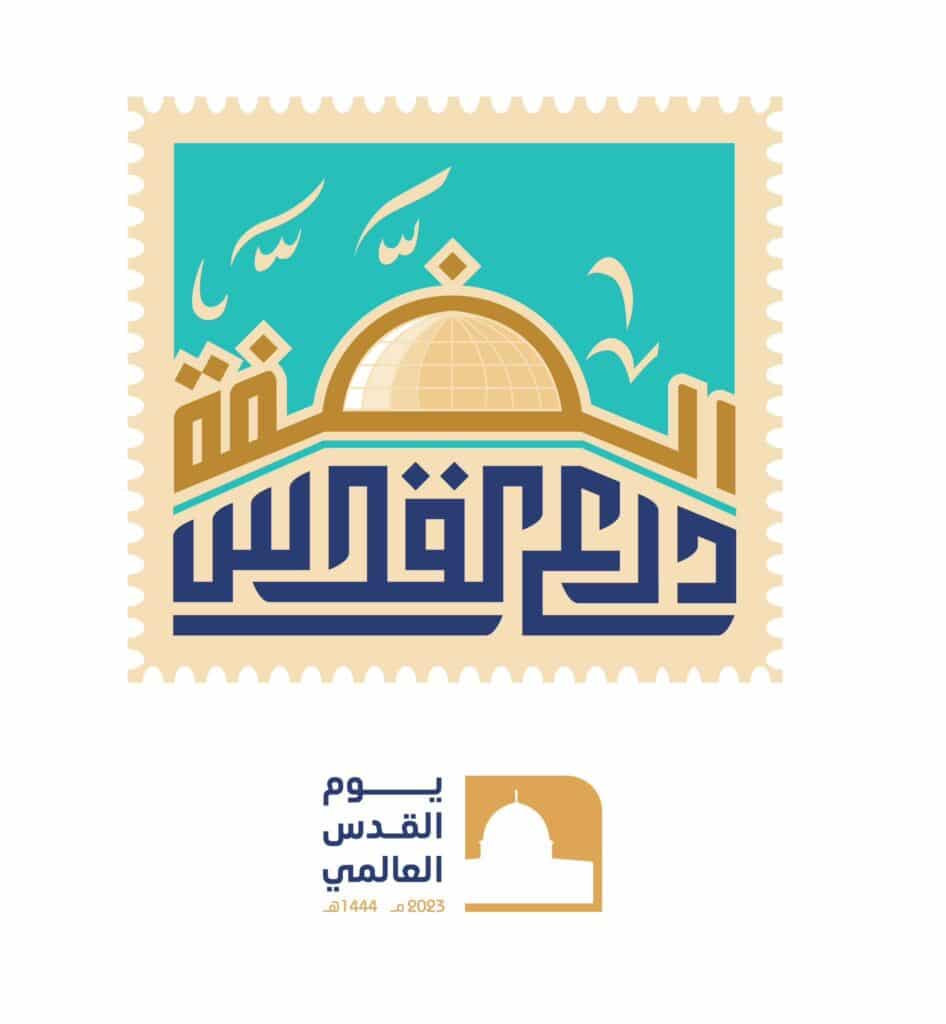
We chose to refer to two prominent videos from the campaign. These two videos serve the propaganda campaign well, emphasizing the narrative of the “unification of the arenas” (including Gaza, Judea, and Samaria) against Israel and the message that the Shiite axis is ready for war against Israel.
The narrative of unification of the arenas can be fulfilled from dual directions:
The “unification of the arenas” narrative is intended to respond to Israel’s policy of isolating the various arenas, as analyzed by the Shiite axis. In his April 14 speech, marking the last Friday of Ramadan and Iranian Jerusalem Day, Nasrallah referred to this policy, saying that Israel’s attempt to isolate the various arenas was a dangerous game and that Israel’s actions in those arenas (Jerusalem, Judea, and Samaria, Gaza, Syria, and Lebanon) could lead to war.
Before we go into detail regarding the videos, we would like to note: We also used the narrative of “unification of the arenas,” but we obviously meant the opposite in our interpretation. When we wrote about Hamas’ military infrastructure in Lebanon in October 2021, we explicitly stated that the State of Israel needs to “think out of the box” and unite the main arenas from which Hamas operates militarily (the Gaza Strip and Lebanon) into a unified arena. When Hamas attacks from the Gaza Strip, Israel can respond against Hamas targets in Lebanon and vice versa. Add to this our assessment that Hezbollah has changed its perception and is now more daring, ideologically, and religiously prepared (and, of course, operationally) for war against Israel and is just waiting for the right opportunity and timing.
Israel must formulate a new policy on its borders and throughout the Middle East. Recent events, plus the narrative of the “unification of the arenas,” prove it. The dilemma remains the same: How do we create deterrence without escalation? This is while the other side is attempting to create an escalation. In our assessment, the answer lies not only in Israel’s borders but in simultaneous activity in the entire arena throughout the Middle East in cooperation with the United States. The enemies of Israel and the U.S. must remember that the “unification of the arenas” can also be carried out from the opposite direction.
Analysis and detail about the videos:
In the first video, the operatives are allegedly seen in the Shiite axis’ “joint operations room.” 12 military organizations from 7 arenas operating under / in collaboration the IRGC as partners in this operations room. Neither the arenas nor the organizations are mentioned by name. The only features seen in this video are the insignia of the organizations and the word “ready” in Hebrew (meaning: ready for war). As for Palestinian organizations, besides Hamas and the PIJ, it is interesting to see the insignia of the Martyrs al-Aqsa Brigades (originally Fatah) and the Martyr Abu Ali Mustafa (PFLP) Brigades, which operate in Judea and Samaria.
Following is a breakdown of the military organizations (in addition to the Revolutionary Guards, Hezbollah, and PIJ) via their insignia shown in the video, divided by the different arenas:
Iraq:
Iraqi Hezbollah Brigades:
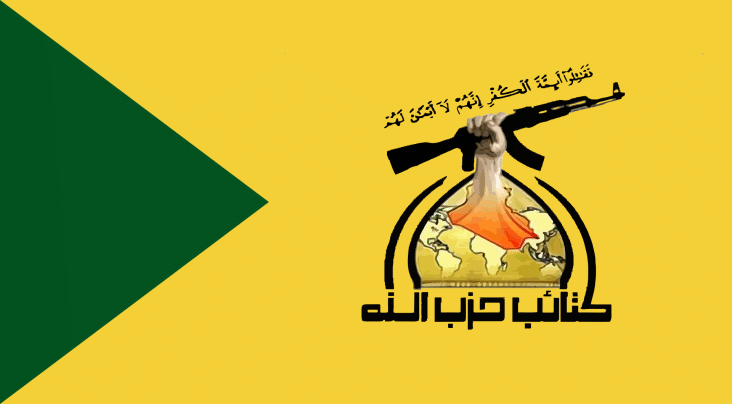
An Iraqi Shiite militia established in 2007 by the Iranian Quds Force aimed at driving the U.S. army out of Iraq. This militia receives military-financial support from the IRGC’s Quds Force. The U.S. State Department added the Hezbollah-Iraq Brigades to the list of terrorist organizations.
The Ahl al-Haq Brigades (People of Justice):
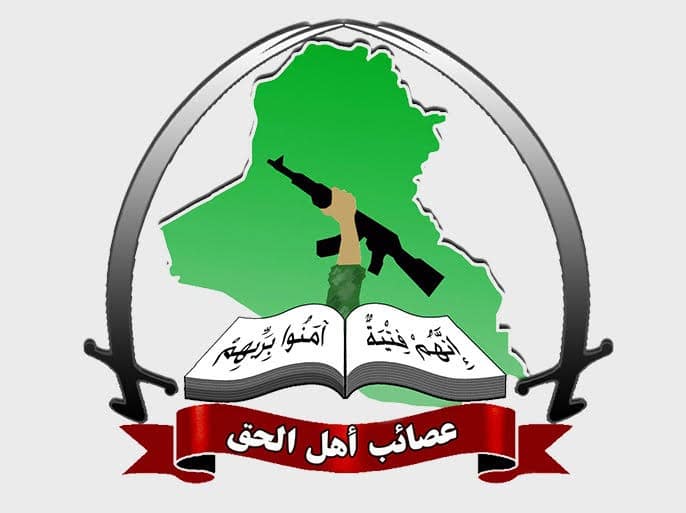
An Iraqi political group with a military wing. Established by Iraqi Shiite operators. It was later joined by Iraqi Sunni fighters from the Salah al-Din province after the Islamic State group seized large parts of Iraqi territory in 2014. Ahl al-Haq currently operates inside Iraq and also has a presence in Syria. The United States included it in the list of terrorist organizations.
Al-Nujaba Movement:
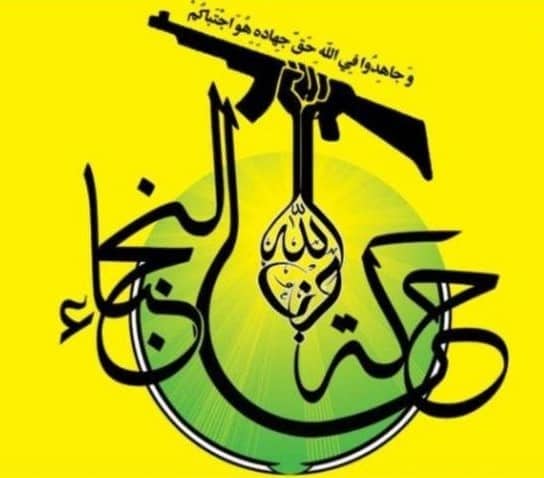
An Iraqi Shiite militia that split from the Ahl al-Haq Brigades in 2013. The militia is classified as a terrorist organization in the United States. It owns a TV channel called “Al-Nujaba Channel.”
Gaza Strip:
Izz al-Din al-Qassam Brigades:
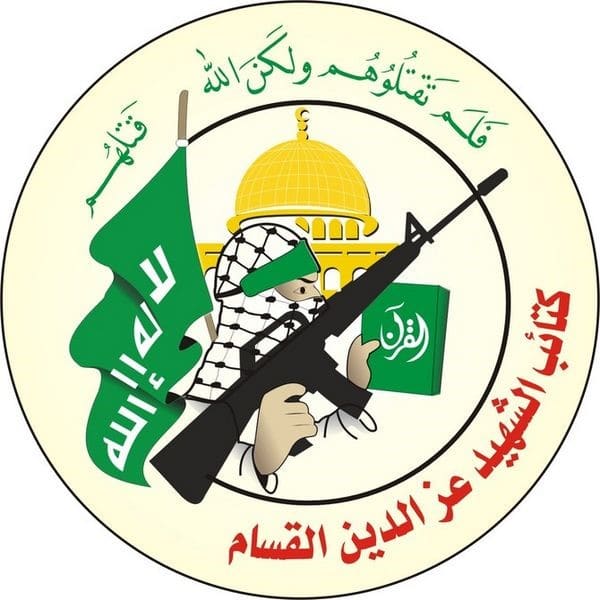
Hamas’ military-terrorist wing.
Judea and Samaria:
Al-Aqsa Martyrs Brigades:
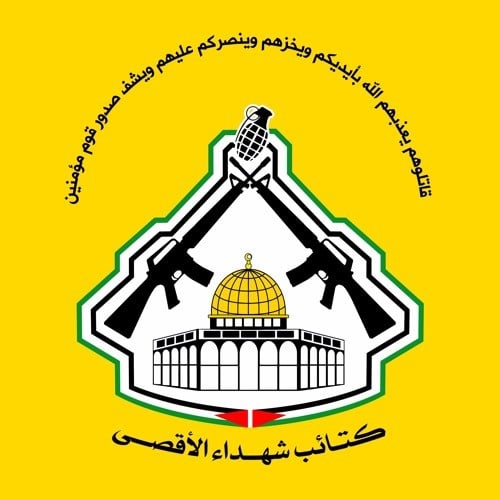
The Shahidi al-Aqsa Brigades is a general name for several terrorist networks established at the beginning of the second intifada in Judea and Samaria that carried out suicide bombings and shooting attacks against Israeli civilians and soldiers. They were an organized organization at the time of their establishment, receiving funding and instructions from Fatah’s central leadership. During the intifada, they split into many isolated cells, some of which continued to operate according to the instructions of senior Fatah figures. Some operated independently, and others received Hezbollah’s instructions and funding.
Martyr Abu Ali Mustafa Brigades:
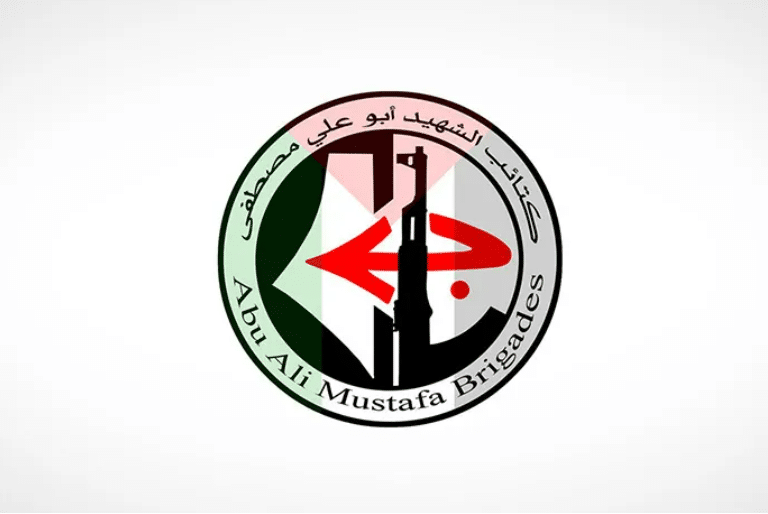
The Abu Ali Mustafa Brigades is an armed wing of the Popular Front for the Liberation of Palestine (PFLP) operating in Judea and Samaria, Gaza and east Jerusalem.
Yemen:
The Houthis:

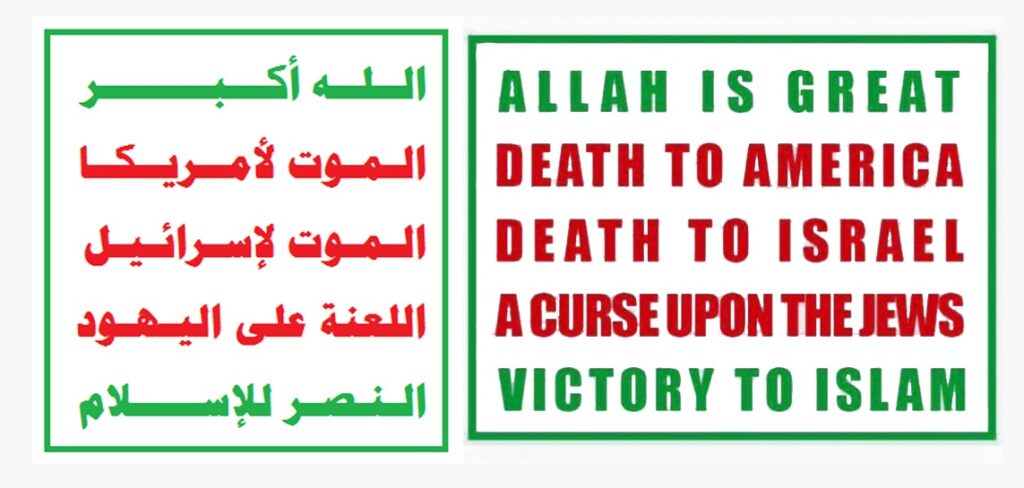
An Iranian Zaidi Shiite proxy terrorist organization. Also referred to as “The Young Believers.” The Houthis, who comprise about 30 percent of Yemen’s population, are named after Hussein Badruddin al-Houthi, their first leader, reportedly assassinated by Yemeni forces in September 2004.
Syria:
Zainabiyoun:
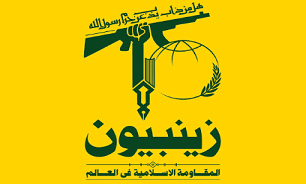
The Shiite militia Zainabiyoun operates mainly in Syria under the Revolutionary Guards. It includes Pakistani Shiites, whose activists come mainly from Pakistani Shiites living in Iran. The brigade was established by the Revolutionary Guards. At first, the Zainabiyoun Brigade was tasked with defending the Sayyida Zaynab Mosque but was later integrated into fighting on the front lines throughout Syria.
Fatemiyoun:

The Shiite Fatemiyoun militia is an Afghan militia established by Ali Reza Tabasoli (aka Abu Hamed) in 2014 to fight the Syrian opposition. The militia is funded and trained by the IRGC and is currently a major militia operating in Syria.
The second video, with theatrical narration and melodramatic music, is almost 4 minutes long and is accompanied by subtitles in Hebrew, emphasizing the narrative of the unification of the arenas and types of weapons used by the Shiite axis against Israel. This video highlights the various arenas from which they operate against Israel. It mentions the Revolutionary Guards from Iran, the Houthis from Yemen, the Shiite militias from Iraq, the Syrian army from Syria, Hezbollah from Lebanon, Hamas, and the PIJ from the Gaza Strip.
The current video mentions the Syrian army as an operational force in Syria, not the militias, the Quds Force, or Hezbollah as operational forces from Syria. The Iranians still adhere to their policy of “ambiguity” regarding the type and scope of the forces they are deploying in Syria. As far as they are concerned, they have only a limited force of military “advisors” who assist the Syrian army… (The first video above does not mention that the Zainabiyoun and Fatemiyoun militias operate from Syria).

